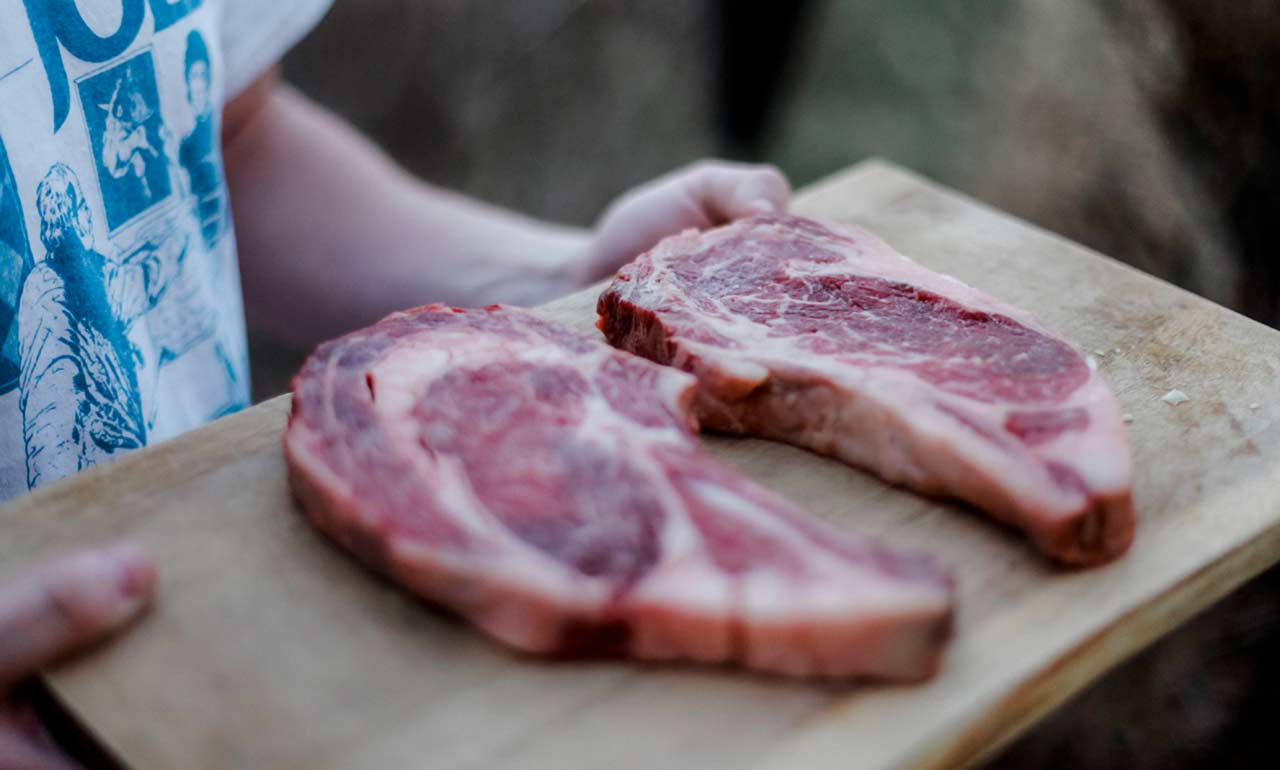Get the best cuts of meat at Bagley Meat Market Edwardsville IL for your next special event.
Get the best cuts of meat at Bagley Meat Market Edwardsville IL for your next special event.
Blog Article
Exactly How to Pick the Perfect Cut of Meat From a Trusted Meat Market
Choosing the ideal cut of meat from a trusted meat market calls for a thoughtful method that stabilizes quality, cooking purpose, and spending plan. Understanding the different kinds of meat and their particular cuts is important, as is involving with your butcher to acquire understandings into sourcing and prep work. Observing attributes such as color, appearance, and marbling can even more lead your decision. As you think about these factors, it ends up being clear that the subtleties of your choice could substantially affect the outcome of your dish, prompting a much deeper exploration of the requirements that absolutely matter.
Recognizing Meat Cuts


As an example, the tenderloin is treasured for its buttery structure and minimal connective cells, making it perfect for fast cooking approaches such as barbecuing or pan-searing. On the other hand, tougher cuts like the brisket or shank take advantage of sluggish food preparation methods to damage down collagen, producing abundant and tasty outcomes.
Additionally, the fat web content of a cut plays an important role in flavor account and wetness retention throughout food preparation. Cuts with higher fat material, such as ribeye, offer a more durable flavor, while leaner choices, like sirloin, might require cautious prep work to avoid dry skin (bagley meat market edwardsville il). Recognizing these nuances permits informed options that boost cooking creations, making certain that each meal showcases the most effective qualities of the picked meat
Factors to Take Into Consideration
When choosing the ideal cut of meat, a number of crucial aspects come right into play that can considerably affect the last recipe. Take into consideration the kind of meat you want-- beef, pork, lamb, or poultry-- as each offers distinct flavors and structures. The certain cut within that group is just as important; for example, ribeye delivers rich marbling, while tenderloin offers a lean, buttery texture.
Another element is the cooking method you plan to use. Cuts appropriate for barbecuing, such as T-bones or sirloins, differ from those better suited for slow cooking, like chuck roasts or shanks. Additionally, freshness is paramount; always choose meat with a vibrant shade and company appearance, signaling high quality and appropriate handling.
Premium cuts might provide exceptional preference, but there are additionally economical options that, when prepared properly, can yield scrumptious results. Stabilizing these elements will certainly help you pick the excellent cut for your culinary demands.
Concerns to Ask Your Butcher
A butcher's experience can be important when picking the perfect cut of meat for your culinary undertakings. Start by inquiring regarding the resource of the meat.
Following, inquire about the different cuts offered for the kind of meat you prefer. A well-informed butcher will certainly clarify the nuances of each cut, helping you select one that matches your food preparation approach and wanted outcome. Don't be reluctant to ask concerning the most effective food preparation techniques for a particular cut; butchers typically have ideas that can boost your recipe.
It's additionally sensible to ask about the meat's freshness. An excellent butcher will certainly be excited to share their knowledge and suggest cuts that will certainly thrill your taste buds. Engaging your butcher with these inquiries can substantially enhance your meat selection experience.
Identifying Top Quality Meat

Texture is one more important variable; top quality meat need to feel solid and somewhat resilient to the touch. Prevent any kind of cuts that really feel slimed or exceedingly completely dry, as these can suggest wasting or incorrect storage. In addition, scent plays an essential duty; fresh meat should have a tidy, neutral aroma, while any kind of repulsive or sour smells are warnings.
Finally, think about the source. Getting from a reputable meat market, where the meat's beginning is understood, can make sure better standards. By focusing on these indications-- shade, marbling, structure, scent, and resource-- you can with confidence choose cuts that will elevate your food preparation and eating experience.
Cooking Techniques for every Cut
Choosing the best cooking approach is vital for making best use of the taste and tenderness of each cut of meat. Various cuts have distinct characteristics that determine the most suitable food preparation techniques.
For tender cuts, such as filet mignon or ribeye, dry heat techniques like barbecuing, broiling, or pan-searing are excellent. Conversely, tougher cuts, such as chuck or brisket, benefit from damp warm approaches, consisting of braising or slow-moving cooking.
Pork chops and chicken breasts are versatile and can be cooked utilizing both dry and damp techniques. While barbecuing or roasting can produce tasty outcomes, poaching or sautéing can preserve wetness and tenderness. For lamb, techniques like roasting or braising are suggested, as they match the meat's robust flavor.

Final Thought
In conclusion, picking the optimal cut of meat from a respectable meat market necessitates a thorough understanding of a fantastic read meat cuts and consideration of numerous elements, consisting of source, top quality, and cooking techniques. Engaging with the butcher with targeted questions can produce beneficial insights and referrals tailored to certain cooking needs. Focusing on both quality and budget plan will certainly enhance the general gastronomic experience, making certain that the chosen cut satisfies other assumptions in both flavor and preparation.
Report this page